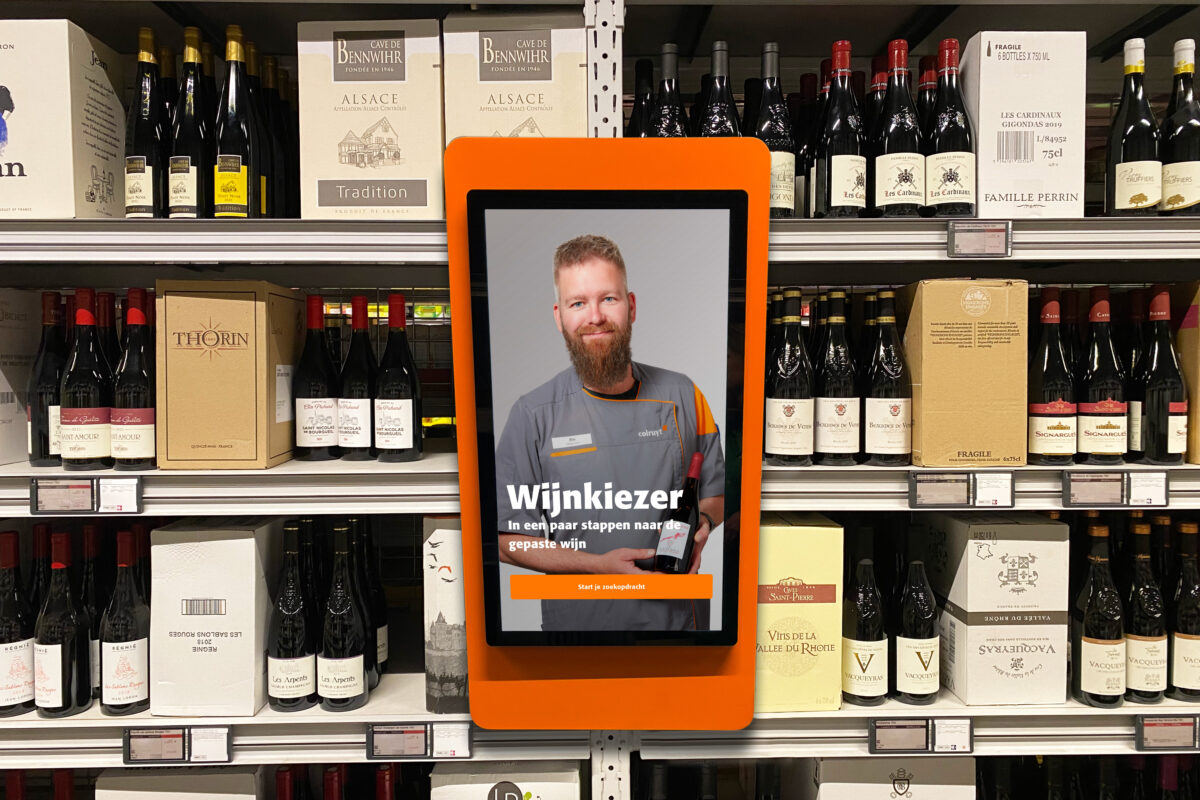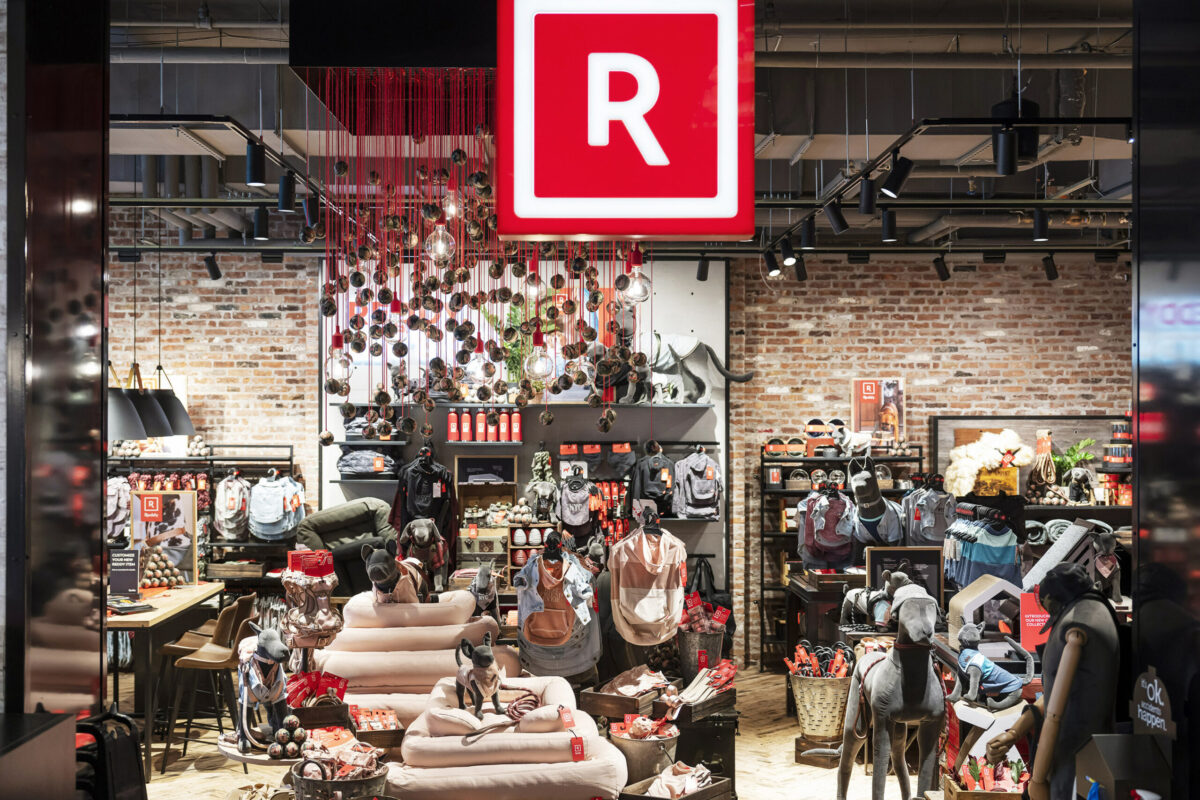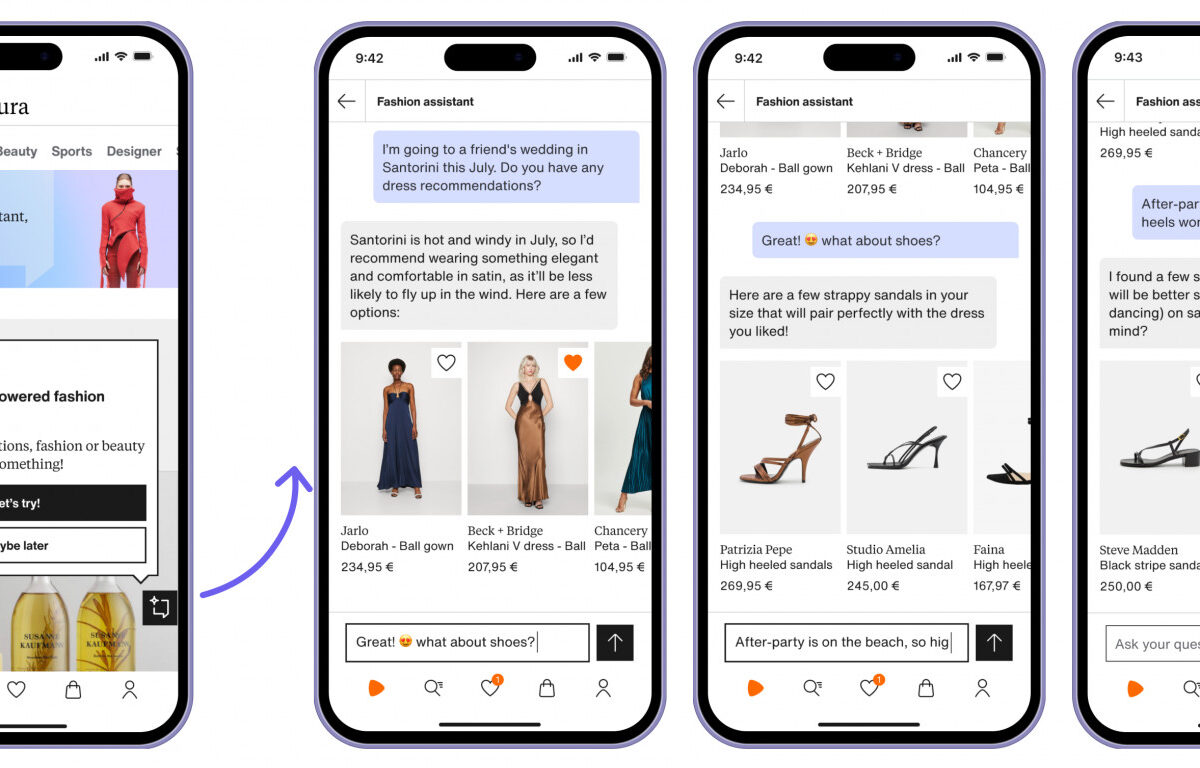Customer loyalty in social networks
Nowadays, retail needs to be active on all channels – this is nothing new. Customers also want to be able to purchase items at anytime and anywhere via mobile devices. This is why most retailers are also active on the Web by now. Just offering the option to buy on the Internet however is no longer enough.
Customer service is also being increasingly used online these days. Also in social networks for instance. Many retailers miss opportunities in this area, since social media is an important tool to make customer contact, but is far too often being neglected.
According to a study by the eco – Association of the German Internet Industry (German: eco- Verband der deutschen Internetwirtschaft e. V. ), a comprehensive “unified communications“ strategy is the key to better customer relations for companies from different industry sectors.
Detlev Artelt, Director of the eco- competence group Unified Communications, explains on the association’s website:”The times of long waiting times and inflexible service hotlines are finally over. Today, customer requests need to be addressed quickly and efficiently through the right communication channels. Aside from modern call center solutions, this also includes service chats or social media. Especially when it comes to support inquiries, complaints or claims, quick response times are an absolute must these days to retain customers.“
Social media is used intuitively
Many people today can no longer envision their lives without social media, because they are not just offering the opportunity to stay in touch with friends and acquaintances. Thanks to a personalized newsfeed, many also get news from their preferred media for instance as well as sales offers from their favorite brands directly within the social platform. For many users, social media at this point has become a central interaction and information platform and therefore the first go-to place online. This also applies to communication with companies or their customer service departments, respectively.
For customers, a company’s social media presence is a platform where they can leave feedback about products and services and thereby also the right place for complaints. This is why it is so important to offer customers quick and competent help at this juncture. If customers don’t receive this kind of help, it can happen that other customers also share their negative experiences. This is how the now so infamous so-called “shitstorm“ happens on the Internet, which many companies have already had to experience. This is why it is essential to seamlessly integrate social media channels into the individual customer communications strategy of the company – and implement what the eco Association calls “unified communications”.
Setting yourself apart from the competition
The retailer that displays the best performance can obtain a great advantage over the competition. After all, competent service before a customer makes a purchase is no longer enough today. Customers also expect fast and hassle-free support when they have problems with the product. If the retailer is able to offer it, the customer is satisfied and stays with the retailer.
“Unified Communications“ doesn’t just mean that customer requests are handled by a central location and quickly answered – the customer also needs to get in touch with the right employee as quickly as possible. If he/she is first passed back and forth between different departments without a service employee feeling responsible for the problem, the customer gets quickly frustrated.
Internal communication also needs to be adapted to this believes Artelt: “A good communication and service concept doesn’t just take advantage of today’s technical options, it also efficiently links all relevant departments and employees. The ‘one face to the customer‘ principle is key – each customer inquiry needs to be answered to the customer’s satisfaction through the right channel and by the right contact person.“
The target group determines the network
Not every retailer needs to be active on Facebook, Twitter, Google+, Xing, LinkedIn, Instagram, Pinterest and all other social networks of course – he/she should focus on the best-suited platform depending on the respective target group.

© panthermedia.net/ra2studio
When it pertains to end-user products, Facebook is usually the right network, since it is primarily used for private purposes. When the retailer wants to establish professional contacts with product manufacturers or other specialty dealers, he/she should focus more on professionally used networks such as Xing and LinkedIn on an international level. If a retailer has impressive video or photo content the use of YouTube or Instagram can be advisable.
In addition, there are different forums and special interest networks of course where users specifically compare notes on individual topics and get informed. Depending on the industry sector and target group, a company’s presence on one of these portals can bring many benefits.
Gaining customers via social media is possible
Online customer service is a must of course, when companies utilize social media. Gaining and winning over customers through social networks is an added bonus, since a retailer can tap into his/her own target group in social networks through proactive interaction. This can happen via activities in forums or on Twitter for instance – the retailer gets in touch with potential customers and can provide information about his/her own products and current trends. This way, especially small and medium-sized retailers are able to demonstrate their own expertise and great service to customers.
Interaction is essential
Interaction is always important, because the chance for direct interaction is the big advantage of social networks. Retailers who only post their most current sales offers don’t grasp this principle and are also not going to be successful. Especially in this environment, pure advertising is perceived as annoying instead of interesting by users.
A social media strategy can therefore only be successful when it offers the customer an added benefit. The customer needs to be able to get in touch with the retailer directly and for the retailer to quickly and personally attend to customer problems and inquiries. This way, the retailer can improve his/her image and increase the purchase probability and sales.
Author: Natascha Mörs
First published on iXtenso – Magazine for Retailers



















